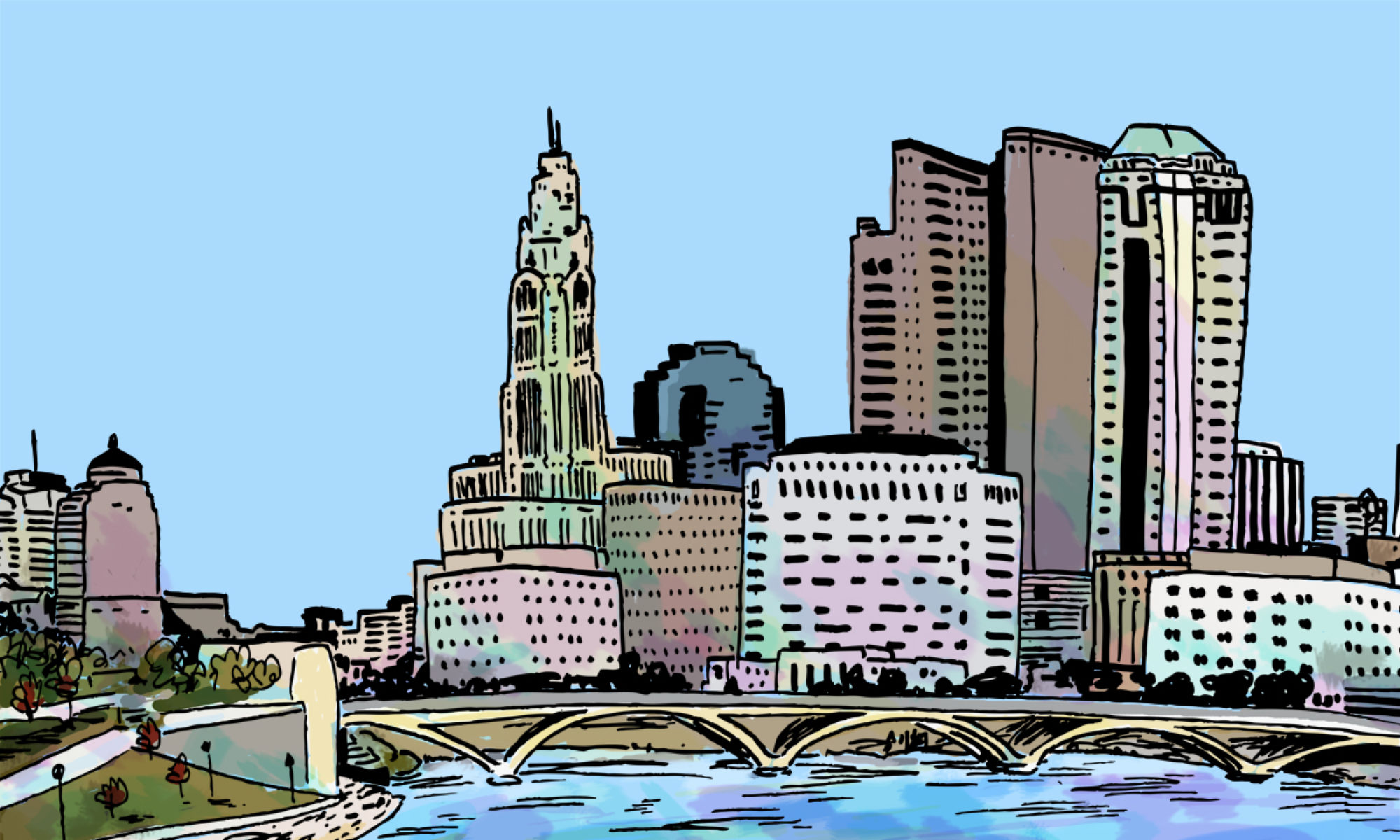What are your top 5 comics EVER?
Jenny Robb is a curator, archivist, librarian, historian, and fan of cartoons and comics. She is honored to serve as Head Curator of The Ohio State University’s Billy Ireland Cartoon Library & Museum, which houses the world’s largest collection of comics and cartoon art materials.

5). MAUS
By Art Spiegelman
Spiegelman’s Pulitzer-winning memoir about his parents’ experiences in the Holocaust is brilliant, ground-breaking, and genre-defining. But it’s particularly on my mind now because a school board in Tennessee just voted unanimously to remove it from the 8th grade curriculum. It’s a difficult, but riveting – and essential—read.

4). HUMAN BODY THEATER
By Maris Wicks
The explosion of fantastic graphic novels being published for the youth market is great for kids, parents, educators, and librarians alike! I chose this one because it manages to be both enormously entertaining and remarkably informative, regardless of your age. Parents often end up reading books over and over again – my son and I laugh and learn from this book every single time.


3). DARK LAUGHTER / BOOTSIE
By Ollie Harrington
Harrington’s work has had a profound impact on me even though I was never the intended audience. He created this satirical single-panel feature for the Black community from 1935-1974. The cartoons, featuring exquisite artwork and darkly funny captions, expose the difficult reality of living under the oppressive thumb of institutional racism and injustice. Many are unfortunately still relevant today.

2). KENT STATE: FOUR DEAD IN OHIO
By Derf Backderf
Kent State is a tour de force combining history, journalism, and storytelling. I’m in awe of Derf’s commitment to exhaustive archival research, all of which is documented at the end of the book. His ability to build suspense while conveying important historical and contextual details is remarkable. I couldn’t put it down. This is graphic history at its absolute best.

1). CALVIN AND HOBBES
By Bill Watterson
I experienced the magic of Calvin and Hobbes in my daily newspaper and through the collected editions when it first appeared between 1985 and 1995. Since then, I’ve reread it in two different capacities: as the curator of a 2014 retrospective Watterson exhibition and as a parent introducing it to my 9-year-old. From a curatorial perspective, the strip is remarkably strong: engaging characters, beautiful draftsmanship, creative layouts, compelling visual storytelling, and insightful and humorous writing. From a parental point of view, it’s amazing how well it holds up for a new generation. The strip remains delightful to look at and a joy to read.
